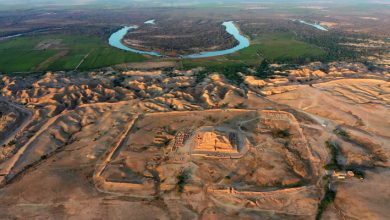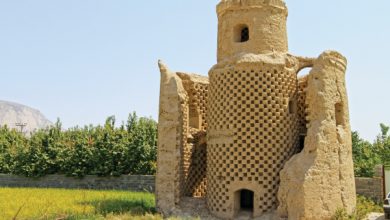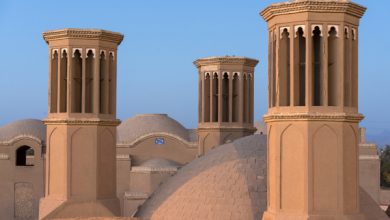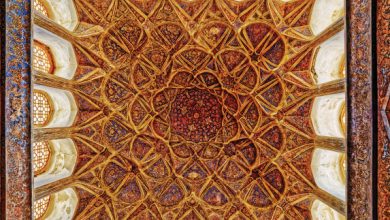
Author: Reza Nouri Shadmahani/ Translated by: Sharareh Kashi/ Photos by: Nima Mohammadi Fakoorzadeh and Neda Hossein Tehrani (Iran National Museum Archive)
Based on the remaining monuments, objects, and cultural materials from the past, archaeologists have divided Iran’s long history into three different eras: the prehistoric era, which is characterised by a lack of writing and writing symbols; the ancient era, which is notable for the formation of the first great empires and powerful kingdoms; and the Islamic era, which started with the fall of the Sassanid Empire and has continued to the present day. By examining six eminent works on display at the Museum of the Islamic Era (which is one of the two main parts of the National Museum of Iran, Tehran), which originate from six Iranian dynasties of the Islamic era, the present article aims to survey the evolution of Iranian culture and art after the coming of Islam to Iran. However, since there are a large variety of works of art scattered amongst different collections and museums inside and outside of Iran – each of which has its own unique technical and artistic features and represents one particular, attractive aspect of Iranian culture of the Islamic era – it should be remembered that these six objects cannot fully mirror the culture and art of Iran after the coming of Islam. It is far from clear that, in order to gain an accurate understanding of the cultural and artistic changes that occurred during this era, we can simply put together six separate works of art, like a jigsaw puzzle. By adopting such an approach on a larger scale with all the scattered, separate works of art that exist in museums worldwide, however, the reader might be able to gain a more comprehensive understanding of the cultural and artistic changes that happened in Iran during the Islamic era. For now, though, a brief survey of the Islamic era in Iran with reference to its cultural production can be achieved by looking at six objects from the Museum of the Islamic Era.
The Early Islamic Period: Change and Permanence.
After almost two centuries of silence and recession following the Arab conquest (633–654 CE), Iranian culture eventually found its true place in the Islamic world during a period known as the Iranian Intermezzo. The resulting cultural awareness and national movements led to the formation of semi-independent states at the edges of Greater Iran, such as the Samanid Empire…
Find more on:



